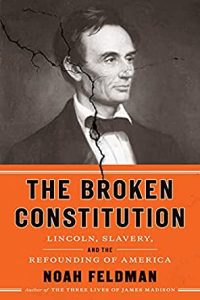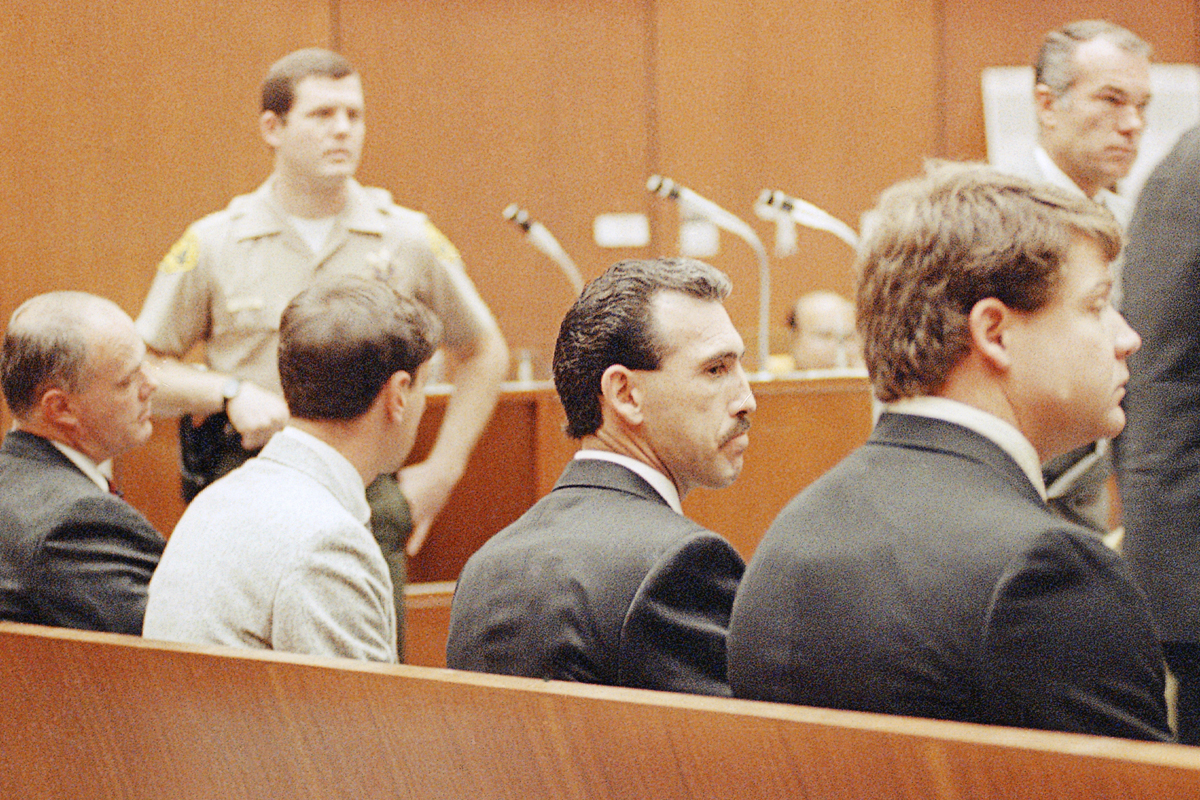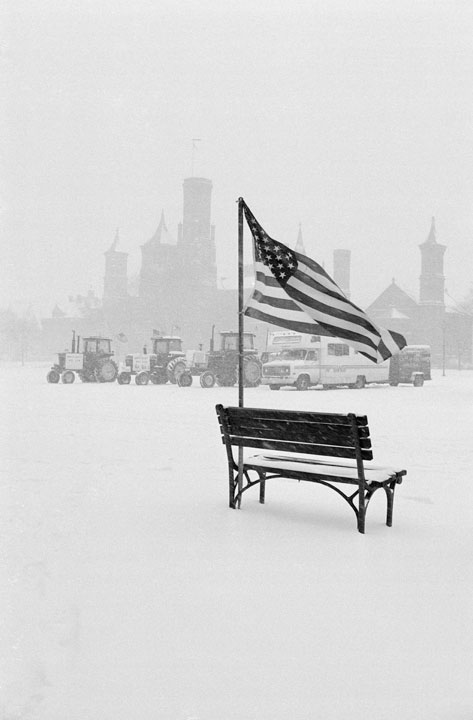
An eventful summer, as far as national news. Recently I have heard two statements, both of which are false.
1. A Senator recently said, regarding the apparently imminent end of Roe v. Wade: “A Constitutional right has never been taken away before.”
2. A historian recently said, regarding the violence at the U.S. Capitol on January 6, 2021: “It was the greatest Constitutional crisis we have ever faced.”
—
I know both these statements are false because I recently read The Broken Constitution by Noah Feldman. The book considers the actual greatest Constitutional crisis we have ever faced, which began in late 1860.
 And that crisis had to do with a “Constitutional right” that was ultimately “taken away:” the right to own black people as slaves.
And that crisis had to do with a “Constitutional right” that was ultimately “taken away:” the right to own black people as slaves.
Feldman argues that the U.S. has actually had two constitutions. The first held sway until the Civil War. Then President Abraham Lincoln “broke” that Constitution in order to save the Union by force. Then the amended post-war constitution became the inspiring charter for national life that we revere today.
Fact #1 that Feldman demonstrates with ample evidence: The U.S. Constitution written by the Framers, and adopted by the original thirteen states, not only countenanced chattel slavery, it fortified it as an American institution, giving it extensive protection from any possible abolitionist political movement that might arise.
Those Framers included venerable Virgininians, of course, whose pictures adorn our currency. In the minds of those men, the stability of late-18th-century Virginia required the protection of slavery as an institution. Slaves made up a critical element of the capital in the economy, as they had for nearly two centuries. Abolition would have meant the impoverishment of the governing class. So the Framers set up a federal political system designed to protect the institution, even though those same Framers thought of slavery as immoral.
As did most of Europe, at the time. We Americans rarely recognize this historical fact: when we adopted our slavery-protecting constitution, we were bucking the moral trend of the late-18th-century Western world.
Then the twist of history came, that the Framers did not anticipate. The “Industrial Revolution” was well underway, and the Framers thought that would lead to a gradual transition away from the farm economy, which, in the South, involved slavery.
But the invention of a particular Industrial-Revolution machine, the cotton gin, turned cotton farming into a huge, Industrial-Revolution business. Shortly after the adoption of the slavery-protecting U.S. Constitution, slavery became a bigger business than it ever was before. Since we had a professional Union army (thanks to the Constitution), we used military force to expand the big business of slave-produced cotton into the land that had been the home of the Cherokees, Choctaws, Chickasaws, Seminoles, Natchez, and other tribes (i.e. Tennessee and the Deep-South states).
Feldman’s book focuses on Lincoln and his thinking during the protracted Constitutional crisis called the Civil War. When Lincoln signed the Emancipation Proclamation on New Year’s Day, 1863, he knew it would change the country forever. But he justified himself legally with a line of reasoning that we now find quite remarkable.
To paraphrase Lincoln’s thinking, as he put pen to paper to sign the proclamation:
Yes, slaveowners have a Constitutional right to their property, and their slaves belong to them as their property. But we are at war. In wartime, the opposing military force has the right to confiscate the property of the enemy, if the property can be put to any military use. Therefore, I have the right to order the ‘confiscation’ of the slaves in the Confederacy, by emancipating them, so that those freed blacks can fight on our side.
Even at the moment when Lincoln set in motion the chain of events that would spell the end of chattel slavery in America, he still thought of the right to own slaves as a “Constitutional right.” He “took it away” solely as a matter of military necessity. In other words, if the blacks were all Quakers, or some other kind of pacifist, and would not fight, for either side, then Lincoln would not have thought himself legally justified in emancipating them.
Lincoln did not want to act as a dictator. He followed the international law of war, which allows for property confiscation, when the property in question is militarily useful. Now, that same law of war also stipulates that confiscated property should be returned to the owner at the end of the war. But Lincoln reasoned that, in order to get freed blacks to fight hard for the Union, he had to promise them freedom for life. So even that aspect of emancipation was justified, in Lincoln’s mind, by military usefulness.
Because the Confederate states had broken faith with the Constitution and compelled him to use military means to subdue them, Lincoln considered himself justified in substituting the international law of war for the customary provisions of law in the U.S., as long as the war lasted.
Feldman argues that this means that the original Constitution was effectively abrogated during the war. Indeed, Lincoln not only deep-sixed what had been thought of as “property rights” when it came to slaves, he also did away with free speech and the right to a speedy trial.
But you don’t have to go the whole way to agreeing with Feldman–that we have actually had two Constitutions–in order to grasp this: The problems with the presidential transition between the election of November 2020 and the inauguration of January 2021 were not the worst Constitutional crisis we have ever had.
The transition period between the election of 1860 and the inauguration of 1861 saw the secession of seven states from the Union. South Carolina, Mississippi, Florida, Alabama, Georgia, Louisiana, and Texas all seceded between the election and Lincoln’s inauguration.
So even if the secession of those seven states was all that happened 1860-1861, it would still qualify as far worse than 2020-2021. But it was only the beginning, of course. Four more states seceded between April and June 1861. Then there was a war that lasted four long years, costing 600,000 American lives. Then Lincoln was assasinated less than a week after the war ended, as he was just beginning his second term in office.
—
I’m not trying to make light of what happened on January 6, 2021. I have listened to some of the congessional-committee hearings on the radio. The testimony has painted a compelling picture of serious wrongdoing and grave danger.
But if the purpose of the hearings in enlightenment and understanding, it hardly serves the goal to overstate the case, with historical amnesia. We had a Constitutional crisis from late 1860 through at least 1865, a crisis like we have never had, and which, please God, we will never have again.
And the idea that ending Roe v. Wade would be the first instance of “taking away a Constitutional right?” Another example of obtuse historical amnesia. The “right” to abortion belongs in the same dustbin of history as the “right” to own slaves. Both amount to specious claims to a “right.” Thank God for sober minds finding their way clear to taking those “rights” away.
Reading Feldman’s book is a great way to get perspective on all this. I highly recommend it.



 The unsanctioned occasions involved handing over a Sony Walkman for a few moments, so that some Russian middle-schoolers could listen to the coveted Michael Jackson’s Thriller cassette tape.
The unsanctioned occasions involved handing over a Sony Walkman for a few moments, so that some Russian middle-schoolers could listen to the coveted Michael Jackson’s Thriller cassette tape.

 The videotape shows, with very little ambiguity, that officers Powell, Wind, and Briseno assaulted King for no good reason, and they did it under Koon’s supervision.
The videotape shows, with very little ambiguity, that officers Powell, Wind, and Briseno assaulted King for no good reason, and they did it under Koon’s supervision.

 As we mentioned, George Holliday captured it on tape. The overwhelming majority of the people who saw the tape in the ensuing days regarded the police officers’ actions as criminal.
As we mentioned, George Holliday captured it on tape. The overwhelming majority of the people who saw the tape in the ensuing days regarded the police officers’ actions as criminal.


 I could do it because of love. My dad taught me that love.
I could do it because of love. My dad taught me that love.





 Under “normal” circumstances, that money in the bank at St. Francis should get used only for the specific purpose for which it was raised, just like the $140 million+ that the diocese and its
Under “normal” circumstances, that money in the bank at St. Francis should get used only for the specific purpose for which it was raised, just like the $140 million+ that the diocese and its 
 Setting aside the fact that neither party comes close to a platform that reflects the Church’s social teaching, we have allowed this errant self-identification to both cloud our overall ability to be charitable and to lull us into thinking we are being “good” Catholics by vehemently espousing particular political views and supporting candidates who have little interest in charity or the truth.
Setting aside the fact that neither party comes close to a platform that reflects the Church’s social teaching, we have allowed this errant self-identification to both cloud our overall ability to be charitable and to lull us into thinking we are being “good” Catholics by vehemently espousing particular political views and supporting candidates who have little interest in charity or the truth. A person striving to live a charitable and truth-filled life should only begrudgingly accept the fact that a vote has to be cast for someone, whether that someone is from one of the two popular parties or not. The same holds true for Christendom. In today’s America, most of the time, an authentic Christian ought to be holding his or her nose and grimacing when their vote is cast.
A person striving to live a charitable and truth-filled life should only begrudgingly accept the fact that a vote has to be cast for someone, whether that someone is from one of the two popular parties or not. The same holds true for Christendom. In today’s America, most of the time, an authentic Christian ought to be holding his or her nose and grimacing when their vote is cast.



